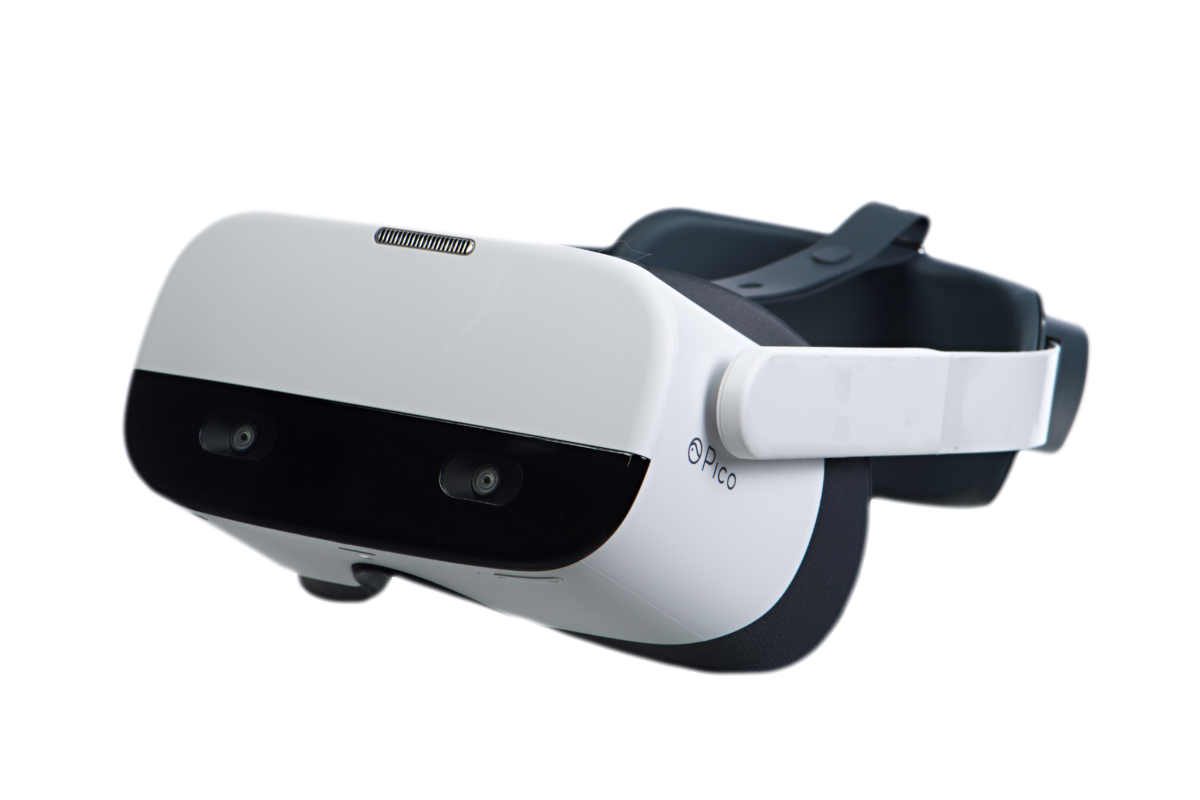Part 4:
In the first three parts of our series we looked at evaluating your organization’s current training methods, the need to keep your training regimen current in order to appeal to younger generations, how to use the principles of instructional design to create a virtual reality (VR) program, as well as the technical details of how much space you need, the hardware you should use and the development platform you should standardize on.
At the end of the day, however, like most decisions, it comes down to dollars and cents. How do you make the case for adding VR to your training program? Why should your organization invest time and money to establish a curriculum, buy the hardware, hire a development team or company and completely revolutionize your training?
Improve Training Retention Rates
One of the single biggest cases for adding VR to your organization’s training regimen is the ability to improve the retention rate of your corporate training. Edgar Dale theorized in his Cone of Experience (PDF) that the average person only remembers 10% of what they read and 20% of what they hear, yet will remember 90% of what they do. This makes VR an important addition to your training regimen. When used in conjunction with your other training methods, you significantly increase the odds of your employees remembering and benefiting from what they learn.
Safety Evaluation and Training
Many organizations and industries deal with life-and-death scenarios that are difficult to train individuals. No matter how comprehensive the training, no matter how detailed the discussion, there’s often no way of knowing how a person will react until they’re in the situation themselves. No amount of “book knowledge” can fully prepare someone.
While organizations like the police and firefighters may be the first that comes to mind, dangerous situations are a common occurrence in a variety of industries. Construction, for example, can pose life-threatening situations on a daily basis. Hi-rise construction, asbestos mitigation, exposed high-voltage wiring, hazardous waste disposal, man lifts, raised platforms, vehicle operations and emergency response are just a few of the situations construction workers often face. The wrong decision in any one of those situations can lead to disastrous consequences.
Adding VR training scenarios is a safe, effective way to prepare individuals for the threats they’ll face on-the-job—before they have to face them. This gives them the ability to mentally and emotionally prepare for the situation and already have a response prepped, ready and practiced.
Evaluation and Efficiency
Closely related is the ability to help individuals develop muscle memory and improve efficiency before they even start working. Many fields and industries rely on individuals having peak response time, acting as quickly as possible and not freezing up or hesitating. Unfortunately, through instruction alone, there’s virtually no way of helping someone to develop this.
In contrast, VR is ideally suited to this situation. A person can practice—over and over if need be—to ensure their response and response time are on par before being put in a life-and-death situation.
If, on the other hand, a person continues to fail in VR training scenarios, there’s no reason to put them in the field where their inability to perform could cost their life or the lives of others.
Empathy Training
An often overlooked benefit of VR training is the ability to build empathy for others. Empathy is increasingly being recognized as a significant contributor to a company’s well-being.
For example, the top 10 empathetic companies on Harvard Business Review’s Global Empathy Index generate 50 percent more revenue than those on the bottom. Similarly, within six weeks of implementing an empathy training program, Telefonica Germany saw a 6 percent increase in customer satisfaction.
Unfortunately, it can be difficult to instill empathy in someone. After all, how do you help someone to appreciate what it’s like to deal with another person’s problems? One way is virtual reality. With virtual reality, any number of situations can be simulated, giving the trainee the ability to ‘walk a mile in another person’s shoes.’ This, in turn, can be a valuable addition to an organization’s empathy training.
Consistency
When you take all of the above together, it equals one thing: consistency. Because VR allows you to create a variety of situations and test people’s response to them while training them how to improve, adding VR to your employee training is an excellent way to improve consistency across the board. Rather than having different instructors teaching different methods, or employees learning different things due to their individual aptitude, VR helps ensure that every employee and prospective employee learns the same thing, in the same way—a way already proven to be far more effective than traditional training methods.
Add VR to Your Training Regimen Today
With the VR and augmented reality market (AR) projected to reach $215 billion by 2021, there’s never been a better time to invest in VR training. No matter how effective your company’s training programs already are, VR can make a significant contribution. This is especially true as younger generations continue to replace retiring workers and begin to dominate the workplace. As this happens, it’s imperative for your company to stay current and offer employees the very best in ongoing training—otherwise the best talent may end up going to your competitors.
At PIXO VR, we specialize in helping organizations implement VR intelligently and effectively. Our design team is made up of game-changing VR and AR engineers, award-winning graphic artists and veteran AAA game developers. Our solutions are based on the very best equipment and software on the market.

PIXO Has Improved VR Management to One Easy Step

